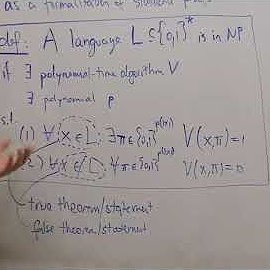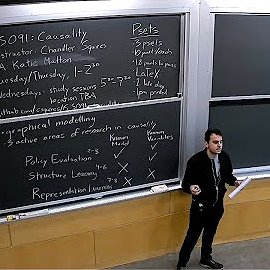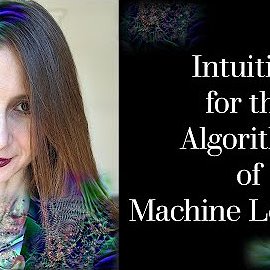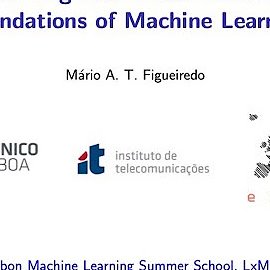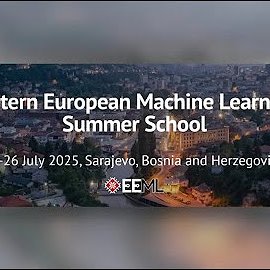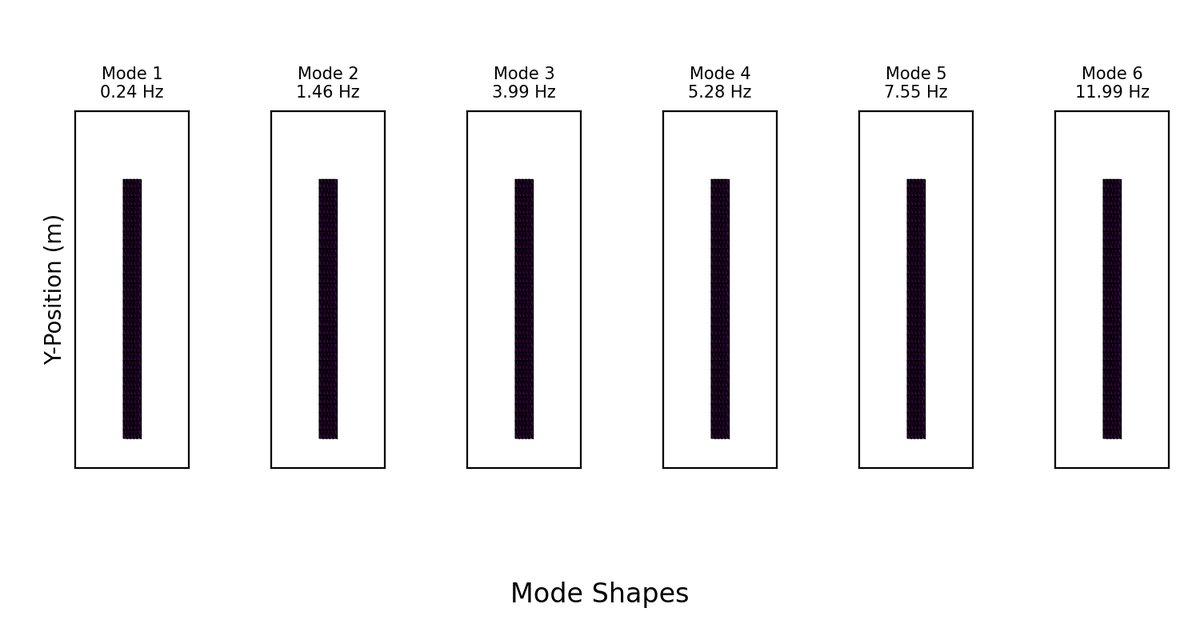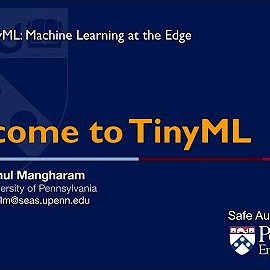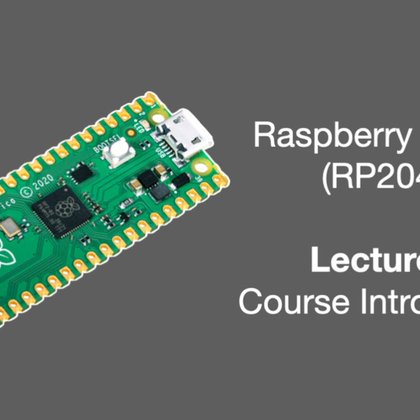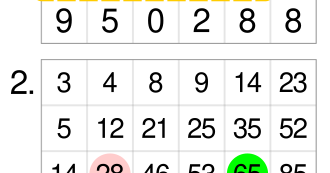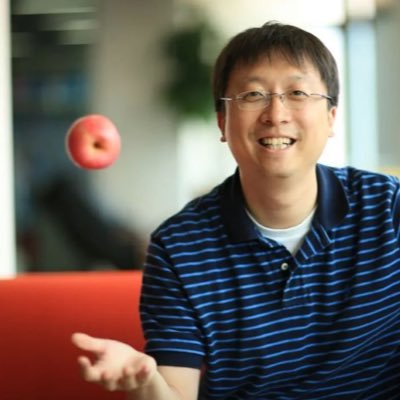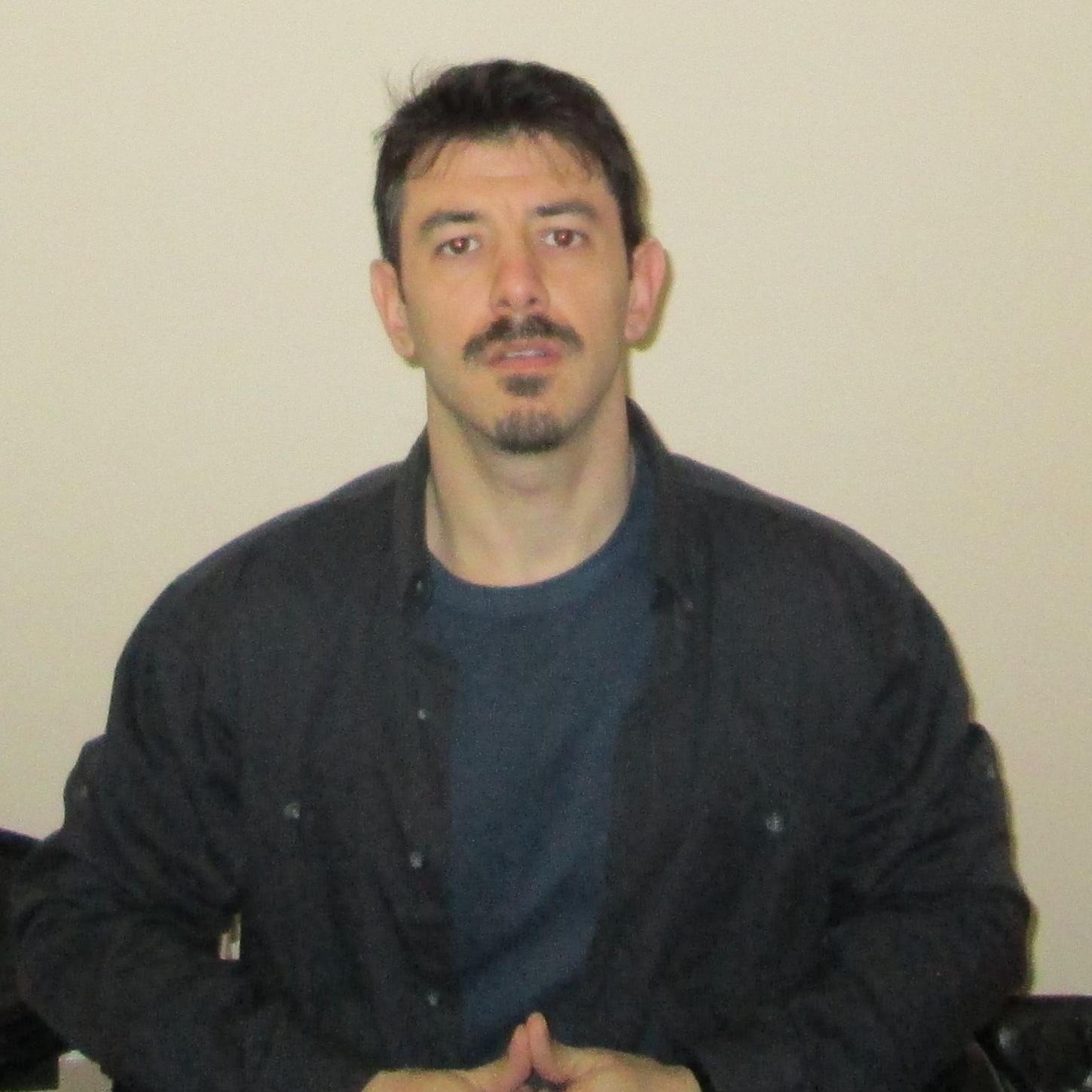
Caglar
@caglar_ee
Followers
9K
Following
19K
Media
269
Statuses
9K
PhD in EEE, Research: machine learning, probabilistic generative models, convex optimization
Moved to Istanbul, Turkey
Joined May 2012
I have started to put my own machine learning algorithms on Hugging Face. Initially, I will be putting mainly supervised and semi-supervised discriminative training algorithms for probabilistic generative models. so that other people can also experiment with them.
4
0
58
Video lectures, UC Berkeley CS 170 Efficient Algorithms and Intractable Problems spring 2020, by Jelani Nelson, Alessandro Chiesa.
youtube.com
0
21
165
Video lectures, UC Berkeley CS 168 Introduction to the Internet: Architecture and Protocols summer 2025, by Peyrin Kao, Tess Despres.
su25.cs168.io
Introduction to the Internet at UC Berkeley
0
14
106
Video lectures, MIT IAP 6.S091 Causality: Policy Evaluation, Structure Learning, and Representation Learning 2023 by Chandler Squires.
youtube.com
0
10
96
Video lectures, Intuition for the Algorithms of Machine Learning by Cynthia Rudin.
youtube.com
Online e-textbook by Cynthia Rudin. Graduate level, first edition. Assumes probability and linear algebra background. Draft stage, please send comments by em...
1
21
139
Video lectures, Machine Learning Summer School in Okinawa MLSS 2024.
youtube.com
Date: Monday, March 4, 2024 (All day) to Friday, March 15, 2024 (All day) Location: OIST Conference Center The Okinawa Institute of Science and Technology (O...
0
24
140
Video lectures, Eastern European Machine Learning Summer School EEML 2025.
youtube.com
EEML 2025
1
18
109
I think there are many good ideas in the old methods. For instance, Viola Jones detector made me realize that we don't need to compute all the features for easy inputs. That If we use a decision tree like classifier, we can eliminate most non objects computing only a few features.
He was saying that real tasks are being tackled more and more in an end-to-end fashion, and fake tasks are disappearing.Basically, he said all his object detection work is becoming pointless - but it was not a mistake to work on it, for obvious reasons (2/5)
1
0
11
Book, Causal Artificial Intelligence by Elias Bareinboim.
Finally, a good modern book on causality for ML: by @eliasbareinboim. This looks like a worthy successor to the ground breaking book by @yudapearl which I read in grad school. (h/t @JoshuaSafyan for the ref).
2
1
22
"Deep learning is bad for SLAM: deep learning is slow and heavy, traditional SLAM is fast". Looks like this might be another application where faster, lighter, yet trainable methods are needed.
real-world robots just use traditional pipelines (ORB-SLAM, VINS-Mono) backed by an IMU (cheap and reliable). 2) Deep learning is bad for SLAM: deep learning is slow and heavy, traditional SLAM is fast and leaves the GPU free for other robot needs. 3) SLAM is dying: I'll (3/5).
2
2
17
Video lectures, UPenn ESE 360 TinyML: Machine Learning at the Edge spring 2022, by Rahul Mangharam.
youtube.com
1
25
153
Video lectures, UPenn ESE 615 / 680 F1/10 Autonomous Racing fall 2020, by RahulMangharam.
youtube.com
This is playlist contains the video lectures for the "F1Tenth Autonomous Racing" Course from University of Pennsylvania in 2020. F1TENTH is a complete, ready...
1
7
35
Video lectures, Cornell ECE 4760 Digital Systems Design Using Microcontrollers spring 2025, by V. Hunter Adams.
youtube.com
Lectures from ECE 4760 (Digital Systems Design Using Microcontrollers) at Cornell for the Spring 2025 semester. Course is based on the RP2040 microcontroller...
2
16
123
If, instead of raw pixel values, we use integral images.we can compute very complicated global features with very few operations (very sparse). Then, maybe, for many tasks we won't even need deep networks.
wikiwand.com
A summed-area table is a data structure and algorithm for quickly and efficiently generating the sum of values in a rectangular subset of a grid. In the image p...
After studying the mathematics and computation of Sparsity for nearly 20 years, I have just realized that it is much more important than I ever realized before. It truly serves as *the* model problem to understand deep networks and even intelligence to a large extent, from a.
1
1
17
Book, Probability and Statistics for Data Science by Carlos Fernandez-Granda.
My @NYUDataScience colleague, Carlos Fernandez-Granda, released the 700-page textbook «Probability and Statistics for Data Science», where he condenses 10 years of teaching experience at @NYUniversity. 200 exercises, 102 notebooks, 115 videos! 🥳🥳🥳.
3
4
24

